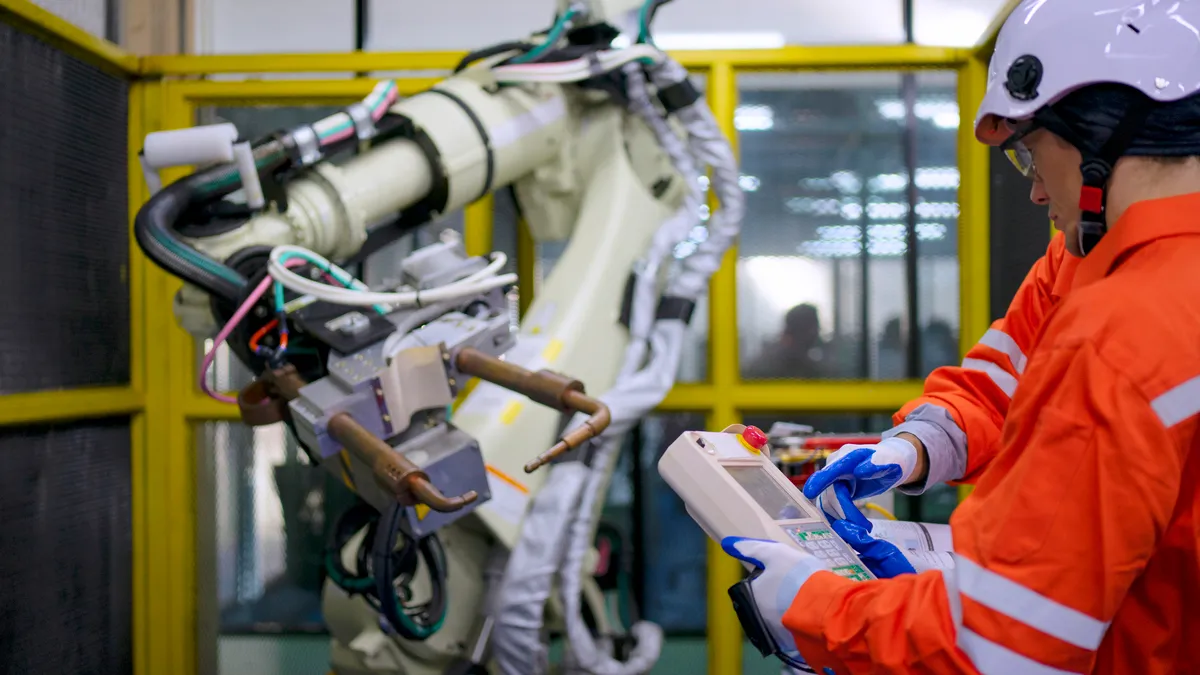In the quest for talent, the use of predictive assessments and data analytics aren’t just an option, but rather a necessity for today’s growing organization. Companies are tasked with using tools to assess candidates' skills and knowledge before they invest too much time in any single one.
Josh Bersin, founder of Bersin by Deloitte, predicted in his Everything Is Becoming Digital report that people analytics would move from being a niche in HR to a full-on operational business function – one that would require the use of more streamlined systems in a digital age.
If this is true, then a vast number of companies have their work cut out for them as they compete for talent in the midst of skill shortages, without any real system for assessing the validity of their new hires. Using candidate assessments is only one part of the process; having a method of measuring the success of the assessment results as they apply to on-the-job success is the real objective.
Tying data with results
Human resources has been slow to adopt big data due to the complexities of its use in day-to-day functions. The department has enough on its plate as it keeps up with legislative changes, fights for a place at the decision-making table, and puts out fires around organizations.
Doron Aspitz, President and CEO of Veri writes for Wired that, “Companies are eager to harness big data for actionable business insights and competitive advantage.” But, he adds, “reports that slice and dice the data but don’t provide actionable business insights quickly to users, are not an acceptable solution.”
This is often the case with candidate assessments and people analytics; there doesn’t seem to be any rhyme or reason to it.
Validating the data
In an effort to help companies get a better handle on candidate assessments, Cut-e Group, a global assessment specialty firm, has released a guide to verify if assessments are adding any real value to the organization. The new guide, simply called How to Conduct a Validation Study, outlines the pros and cons of the many candidate assessment tools out there and gives step-by-step recommendations on best practices for HR teams. The guide challenges HR to think in terms of how each organization defines performance metrics, how to match assessment data with factors that make employees successful and how to finally make sense of candidate data.
Dr. Katharina Lochner, Research Director at Cut‑e Group said in a press release, “A validation study will provide evidence that your assessments, your data and your conclusions are valid and reliable.” She added that, “This helps to demonstrate the impact and value of assessments and it will prove that you’re achieving a return on your investment.”
In order to ensure that predictive analysis of candidates is correct, HR must do its homework to determine if certain tools are meeting organizational directives.
Making people analytics work in recruitment
No matter where an organization may be in exploring the use of data, there are some steps that can be taken to improve the way in which data is used to make hiring decisions. It will take some time, but the payoff is worth the effort.
Review the results of the past 12-months
Chances are that recruiters have seen both excellent results and some not-so-great results when using candidate predictive data. Look back over the last year of hiring and determine if any trends are apparent. For example, the assessment being used may not be helpful in hiring sales professionals vs. technical professionals.
Simplify the assessment process
Candidates are often turned off by the prospect of being measured during the application phase. While this can help to weed out those who are not serious about a career opportunity, it can also backfire and turn otherwise great candidates away. Make sure you are using a simple, one-step assessment process when gathering candidate information.
Use candidate assessments at the right time
Once candidates have gone through the initial screening process, use a more in-depth, job relevant assessment to further identify the best candidate for each role in your organization. Work with middle management teams to determine what makes a candidate successful in every job type, and design assessments around these factors.
Validate the results of future assessments
Periodically, ask for some objectivity by validating your assessments. Use managers and seasoned employees to randomly take the assessment to make sure it’s still applicable to work in your organization. Eliminate assessments that are not serving the needs of your recruitment efforts.
Remember, data can never take the place of real interactions and face-to-face interviews with candidates. Use data not as the basis of making hiring decisions, but rather to help gain more insight.




















